 ASH: Although this week is relatively light when it comes to manga releases (at least when compared to the last few weeks), there are still plenty of great manga to choose from. I’m especially interested in Satoshi Kon’s Tropic of the Sea. Kon is probably best known in the West as an anime director—and a fine one at that–but he started his career in manga. With beautiful artwork and a focus on legends and water, there’s no way I’m passing up Tropic of the Sea.
ASH: Although this week is relatively light when it comes to manga releases (at least when compared to the last few weeks), there are still plenty of great manga to choose from. I’m especially interested in Satoshi Kon’s Tropic of the Sea. Kon is probably best known in the West as an anime director—and a fine one at that–but he started his career in manga. With beautiful artwork and a focus on legends and water, there’s no way I’m passing up Tropic of the Sea.
MJ: I’m quite torn this week, despite the limited selection, as it’s difficult to ignore a new volume of Ooku. But it’s even more difficult to ignore something as new (to us, anyway) and intriguing as Tropic of the Sea. So I’ll stand with Ash on this one. The cover art alone has me sold.
SEAN: Given we have Tropic of the Sea out of the way, I’m going to take a chance on Sherlock Bones, the new shounen title from Kodansha. As readers who have read my Young Miss Holmes reviews know, I’m a sucker for all things Holmes and Watson, so the premise at least intrigues me. We’ll see how much it abuses canon. The writer is also one of the pseudonyms of the people who did Kindaichi Case Files, a low-selling but highly regarded mystery series from back in the day.
MICHELLE: I admit Tropic of the Sea is very intriguing, and that I’m curious about Sherlock Bones but I simply must throw Fumi Yoshinaga some love and officially pick Ooku. True, it’s not my favorite of her manga, but it’s still quite fascinating.
ANNA: I am also torn between Tropic of the Sea and Ooku! I think I’ll have to go with Tropic of the Sea though, since I’m finding that the most interesting debut of the week.
What looks good to you this week?

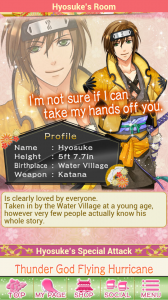
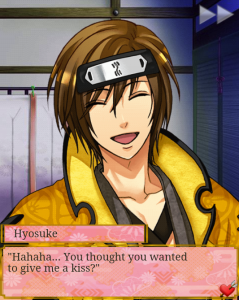
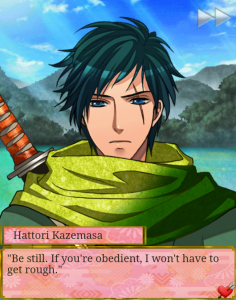

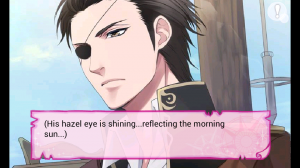
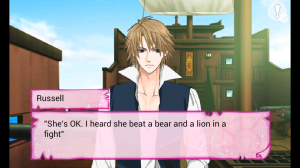
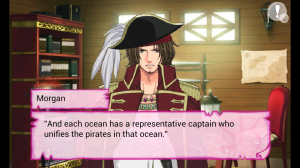
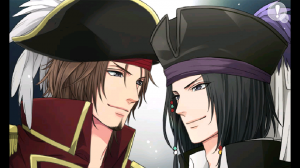
 MICHELLE: Even though I’m not completely sold on the idea of packaging the
MICHELLE: Even though I’m not completely sold on the idea of packaging the 




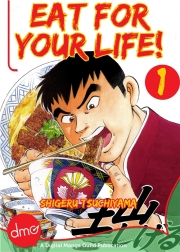



 SEAN: My pick of the week is the third and final
SEAN: My pick of the week is the third and final 


 MJ: It’s a bit of a
MJ: It’s a bit of a 

 SEAN: Yeah, it’s Vertical again. Sorry, but josei from Vertical has proven to be something to be cherished in the past, and I’m not expecting that to change with the release of
SEAN: Yeah, it’s Vertical again. Sorry, but josei from Vertical has proven to be something to be cherished in the past, and I’m not expecting that to change with the release of 